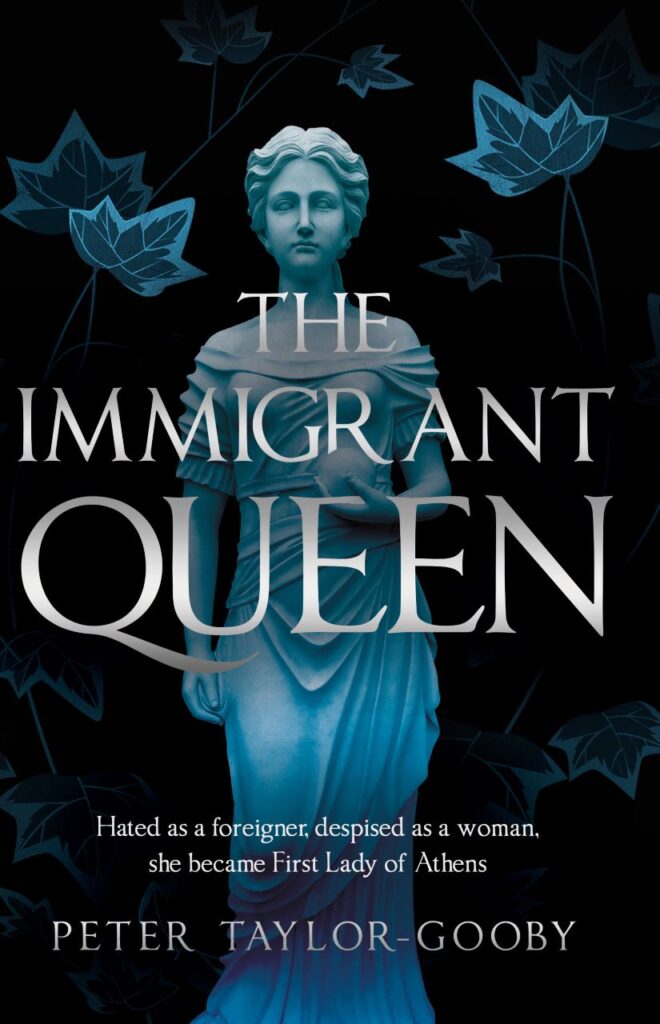Nothing Gold Can Stay
On a blustery summer night in 1947, a trespasser approaches the ruined house that once was called Cairy Hollow. Seeing the flicker of a candle flame inside, he approaches, then greets the old woman who flings open the front door. He’s eager to hear her tell “the story of the house, the power that destroyed it, and the wild souls that possess it now.”
That story begins and ends on a single day—October 31, 1925—as the house’s owner, John Cairy, prepares for the Halloween Ball that will formalize the engagement of his niece, Civette Middleton, to her beau, Richard Marlow. It is inhabited by fantastical creatures: the sleek, dark Raven Ladies Mirth and Sorrow, the small man with a horned head, coal-like eyes, and crooked nose who calls himself Captain Balefire, and the amalgam, a pumpkin-headed scarecrow who’s been brought to life as the handsome Sir Adrian Bramwell. There are also the current and previous occupants of Cairy Hollow and the cottage nearby.
Labeled as a New England Gothic fairy tale, the novel reimagines “Featherhead,” Nathaniel Hawthorne’s short story about a scarecrow come to life, and its title borrows from the poem by Robert Frost.
The novel floats on lyrical imagery and at the same time mines deep emotions: revenge, regret, realization. Readers hear the messages wildflowers send, shudder as forces shake the foundation of Cairy Hollow, and worry when Adrian must face the Glass of Truth. When the paths of the mystical and natural world cross, the overall effects are unexpected and tumultuous, yet the end results are individual, intimate, and deeply moving. Extraordinary.










